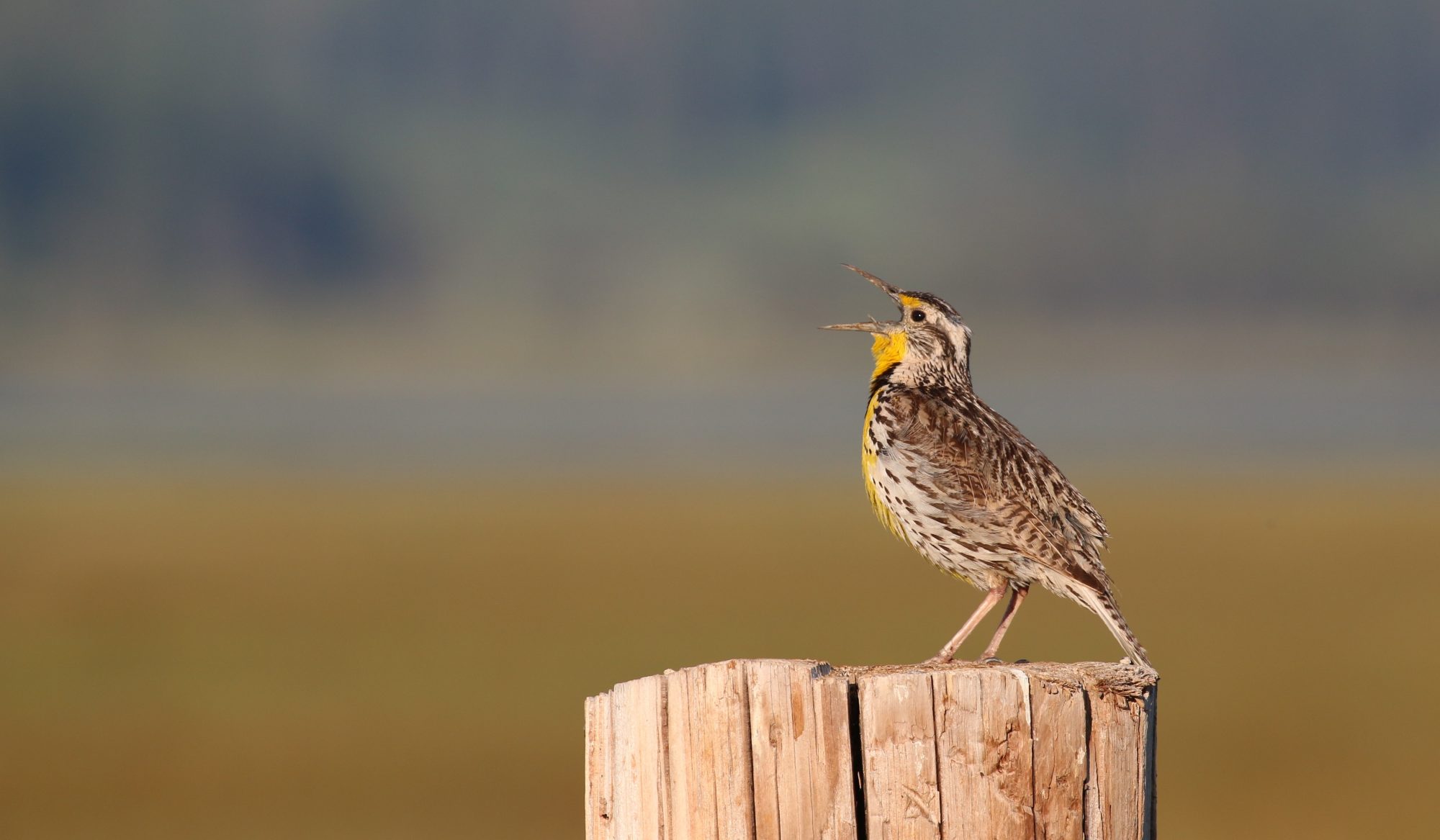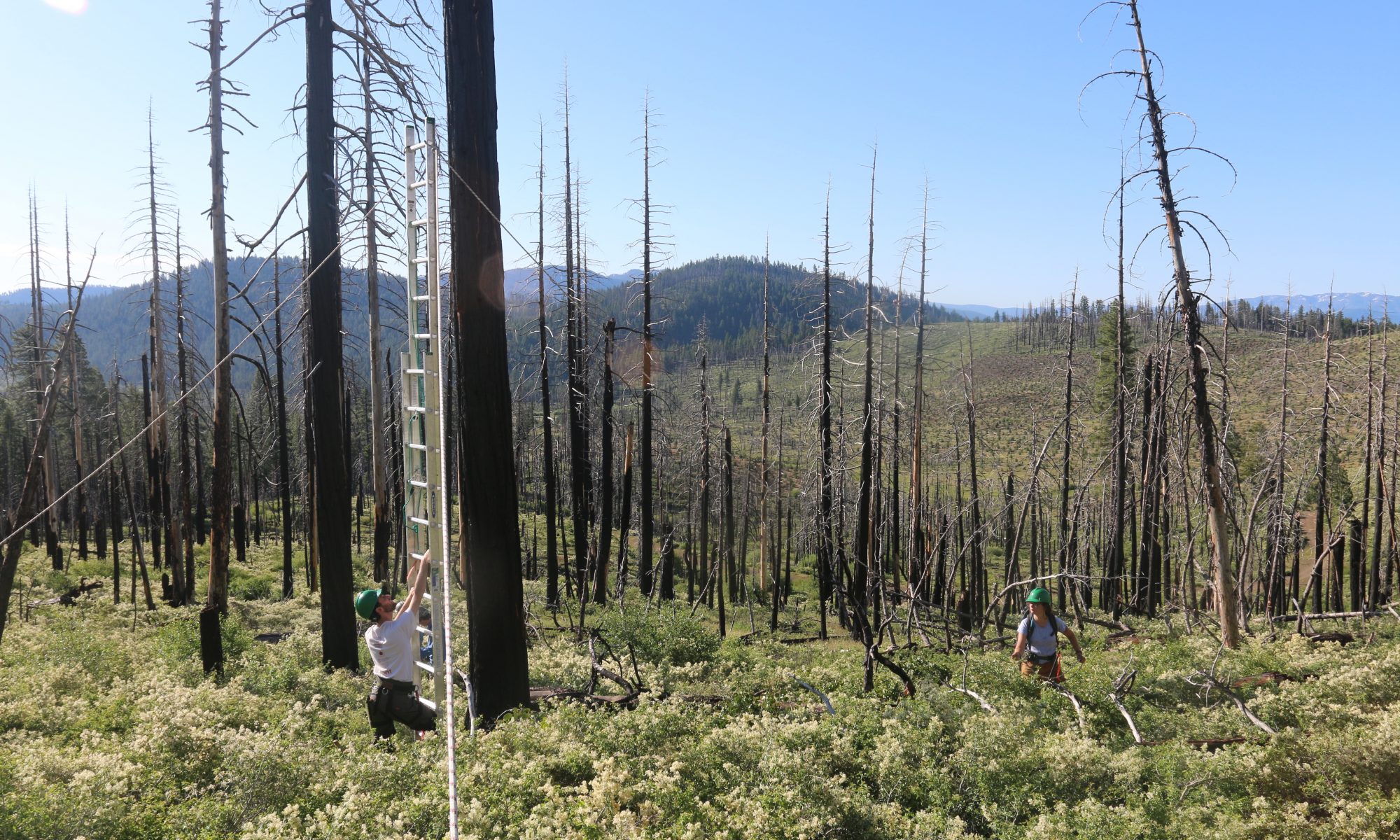The Tingley Lab is large and diverse in its interests and expertise, but below are several themes that intersect and guide our research topics.
Resurveying Animal Communities to Study Long-term Change

By examining how animals, plants, and other parts of our ecosystem have responded to recent climatic change, our research is providing a more nuanced, species-specific, and process-oriented understanding of how species are likely to respond to future climate change. Past work has used 20th century changes in temperature and precipitation regimes in California to understand how bird distributions have already shifted in response. This work has combined historical bird surveys, digitized from field notes of early 20th century zoologists, with contemporary observations made a century later at the same locations. This research in California’s Sierra Nevada has pioneered the framing of questions surrounding elevational range shifts, as well as the analytical methods for working with historical data. We continue exploring these questions today by resurveying birds and other organisms in diverse systems around the world.
Harnessing Ecological “Big Data” to Understand Change over Space and Time

Global-scale questions require global-scale data. Our lab leads research on the statistic integration of ecological “Big Data” with traditional field surveys, particularly to study distributional and phenological shifts in birds across North America. Much of our current research focuses on investigating the potential for phenological mismatch and its demographic consequences on birds. Through merging citizen (or community) science with monitoring data and remote sensing, we are studying the how climate and weather impact bird migration and the phenology of avian breeding events, and the myriad ways that birds are changing over time with a dynamic environment. This work is as much statistical as it is ecological, so while we work to make ecological discoveries, we also bring modern statistical methods into the natural sciences, often in combination with data streams accompanying new technology.
The Future of Biodiversity in an Increasingly Flammable World

Fire is an incredibly powerful element of landscape transformation, with climate change and land use interacting to mediate fire size, frequency, and severity. Using surveys, telemetry-based tracking, and nest monitoring, our work investigates how species respond in the decade following fire, how populations and metapopulations are structured in such systems, and the role of fire as a keystone process in western forests. Much of this work has focused on one emblematic indicator species, the Black-backed Woodpecker, which is considered a post-fire obligate in California’s Sierra Nevada. But ongoing work studies a broader swath of species – birds, but also bees and other organisms – and how the diversity of California is coping with a rapidly shifting fire regime. Ultimately, we seek to understand what the future of biodiversity will look like in California and the West, given our flammable future.
Methods and Models for Studying Animal Occurrence

Much of our data on wildlife populations and communities is dependent on our ability to accurately survey creatures. We are interested in the development and testing of this methodology – moving toward the better estimation of observer error. On the other side – accepting that our detections will never be perfect – we are studying how we can use inherently imperfect survey data to model the occupancy or abundance of species, given that they may remain undetected. The statistical field of detection-corrected models has grown considerably since in recent years, and we are excited to develop and test new models while also exploring novel applications of established modeling methods.

